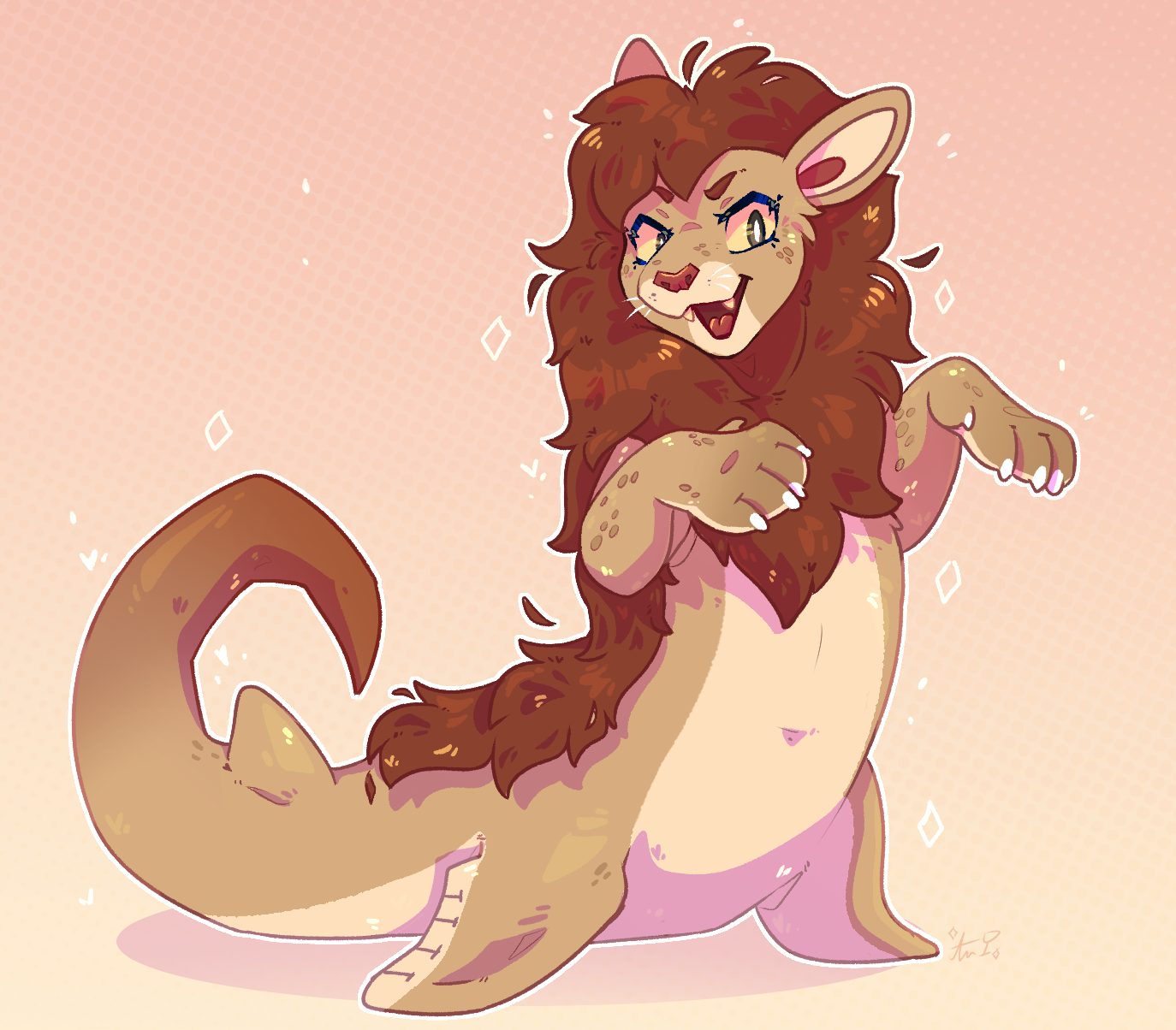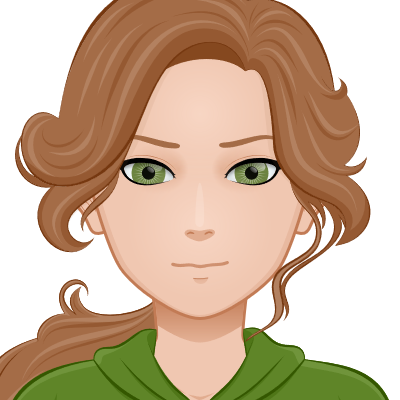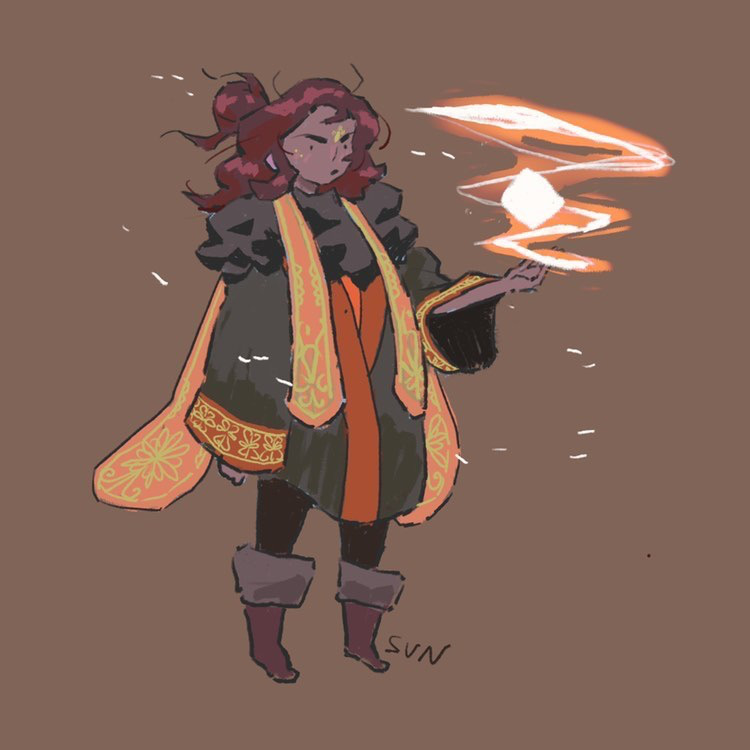Ākaurōre
Basic Information
Anatomy
Ākaurōres have four legs and a large fish tail. Their front legs are mostly used to hunt, as they have clawed paws. The back legs, used for balancing and reaching higher spots on the surface, are palmed and can be positioned to reach better aqua-dynamism. As for the tail, it is used as main locomotion for swimming but can also be used as a pressure point to pounce or jet underwater.
Biological Traits
Males will develop a mane that goes around the head and under their jaw while females' body hair will stay at the top of the cranium and follow the spine up to the beginning of the tail, looking like a 'mohawk' hait style.
Genetics and Reproduction
The female gestation period lengths for about nine months. Each mother usually gives birth to a single pup. Twins are a rather rare occurence and mothers seldom adopt other pups.
Being a unique byproduct of magical transmutation, their sealion genetics make them able to mate with sea lion species. It is not uncommon for a female Ākaurōre to breed with a male sealion, as the other can benefit of the social structure and protection of the female to feed more easily around.
Growth Rate & Stages
Ākaurōre pups are able to hunt with assistance around two years old, as their scales start to become thicker. Ākaurōre mothers produce milk with a large percentage of fat, which helps their progeny grow fast. They are left to live for themselves around four years old, and will start to search for their own territory close to six years old.
Ecology and Habitats
Most Ākaurōre live near bodies of water with regular hot temperatures. Beaches, coasts and islands with bountiful amount of food are their preferred places to settle a lair, usually in caves or shipwrecks.
Dietary Needs and Habits
Ākaurōres are carnivores and thus consumes other species to survive. When the beast finishes a fallen foe, they start to drag it immediately to their lair to attract as least scavengers as possible, to eat their meal undisturbed. While they are used to consuming sea mammals and fish, they are no stranger to hunting down land-dwelling preys nearby beaches and shores. They usually hunt during the day and can stay functional for a week until they begin to starve.
Biological Cycle
Once reaching middle age, their mane starts to shrink and their skin color loses saturation over the years.
Additional Information
Social Structure
Ākaurōres tend to be lone hunters and are quite territorials. the exception being when they mate, as they will stay with their partner to help the children grow until they are ready. On rare occasion and regions rich in biodiversity, it happens that they hunt as packs to achieve greater success and faster results. When the hunt is done, the one with the closest lair gets the first choice and all leave with a part of the prey.
Domestication
The Ākaurōre is too ferocious to be tamed by normal means. Most of the myth around them rumors the original ones were created by a pagan priest that went mad with his motivation to experiment on different animals, which they killed swiftly once he let down his guard, thinking he had them in control.
While it is possible to keep some captive for any reasons, they will always take the easy route for a meal and attack their 'owner' at the first opportunity, unless they are magically coerced to obey.
Facial characteristics
Whiskers and a carnivorous jaw of 28 teeth.
Geographic Origin and Distribution
Average Intelligence
Animal intelligence. they are capable of simple tactics to hunt bigger preys in packs, which is a very rare occurence, or with their offspring.
Perception and Sensory Capabilities
Ākaurōres are able to see in absence of light and have a limited sense of smell they can use on the surface. They also produce a strong mucus through the inside of their eyelid which allows them to avoid dust and dirt on their eyes, giving them a keen sight underwater and on land.

Akaurore - Young Male by TrueMerlot
Note: do not trust this artist's cute art of the Ākaurōre. They are actually ruthless. Do Not Pet !
Scientific Name
Neophoca Leo
Lifespan
18-22 years
Average Height
1.7-2.6 meters (standing on back legs)
Average Weight
340-400 kilograms
Average Length
3.9-4.8 meters
Body Tint, Colouring and Marking
Body tint varies from coffee cream to black, with a mane usually white, brown, or black, depending on the region. the color is usually favorable for them to wait on rocky formation and pounce on unsuspecting preys.
Geographic Distribution





Great information! I was picturing them much smaller, closer to seals, until I read the statistics. It'd be interesting to read what it's like for a person to encounter one.